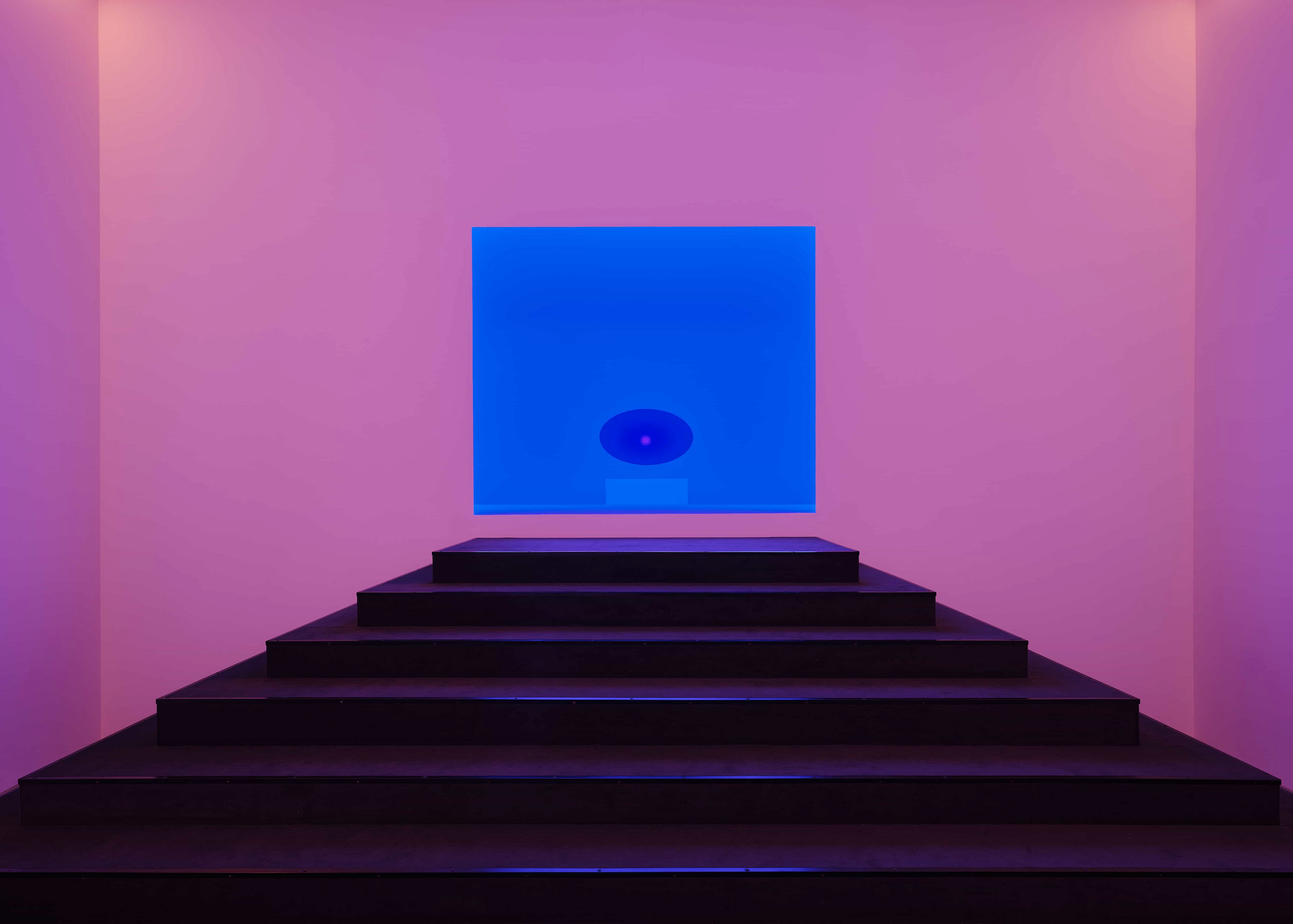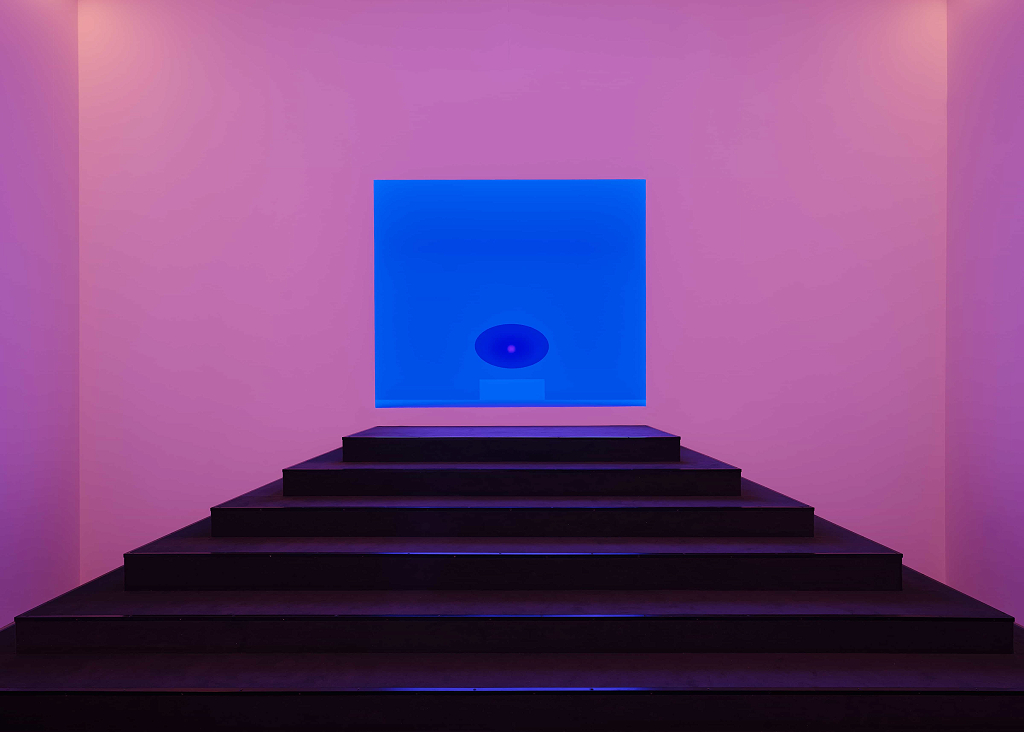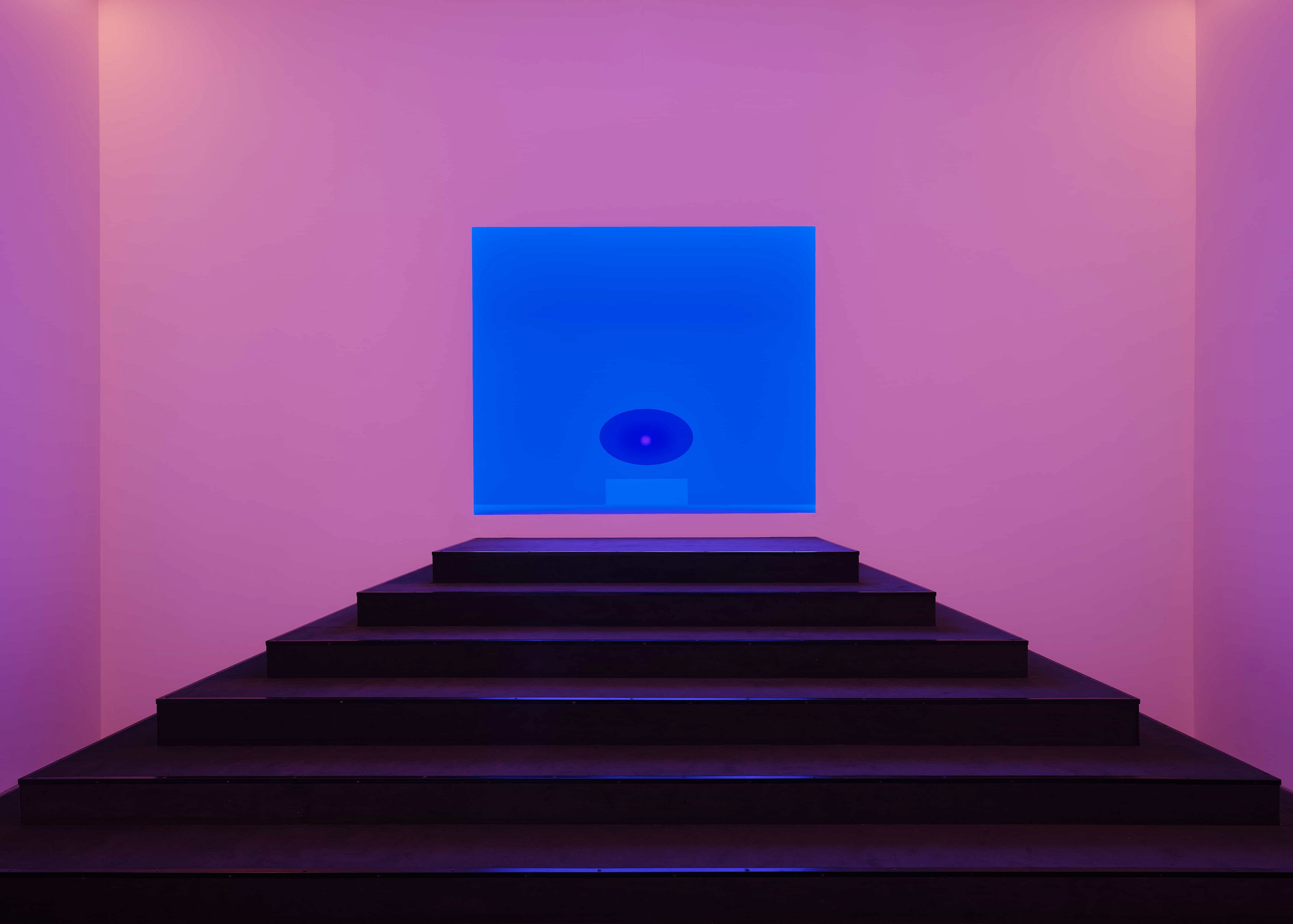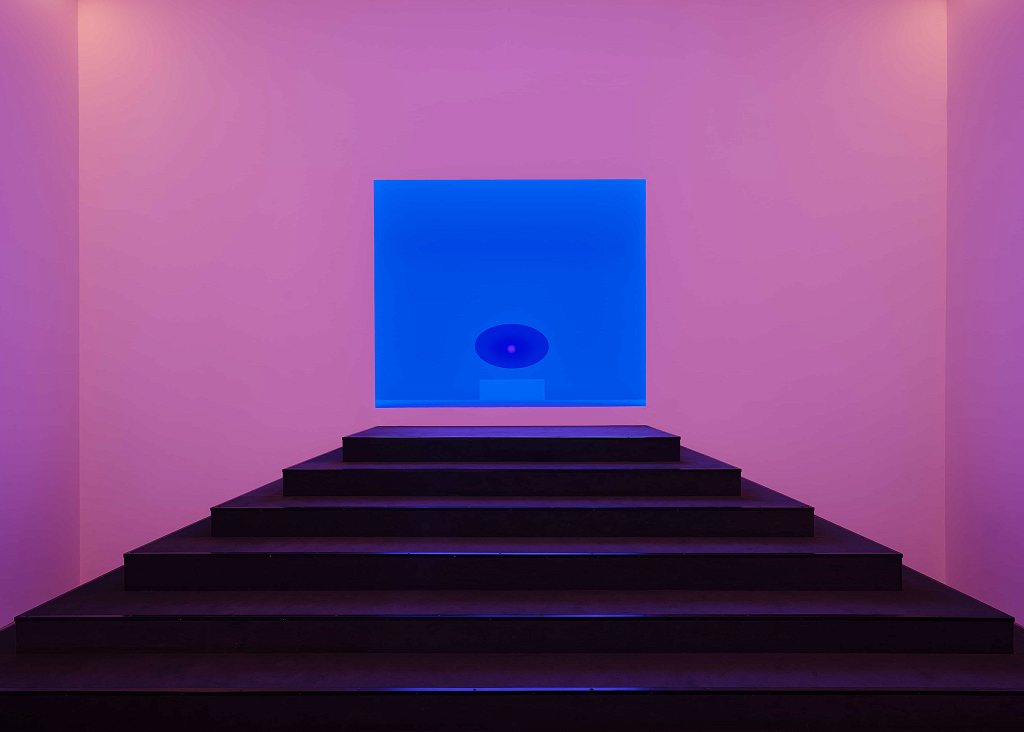Light calculated to feel
Technical light used to illuminate real emotions.
For a long time, light was a subject for scientists. From Isaac Newton to Albert Einstein, from the visible spectrum of white light to the dual nature of light as a particle and a wave, lighting has always been linked to the field of accuracy. Formulas, refractions, intensities. Light was studied to be understood—not felt.
But something has changed.
What was once purely technical has also become emotional. Today, the same lighting design can provoke introspection or euphoria. It all depends on the intention. Technique remains the foundation, but what is built upon it is more subjective. Now, we talk about atmosphere, warmth, and presence.
A quick conversation about science and art
The transition of light from a scientific object to an artistic tool began timidly at the end of the 19th century, with the popularization of electricity and the emergence of the first streetlights. The illuminated city gave a new rhythm to urban life — and with it, to the human senses.
It was in this context that artists began to experiment with light as an aesthetic language. Claude Monet did not paint exactly what he saw, but what light did to what he saw. The series The Rouen Cathedrals (1892–1894) is an almost obsessive study of how daylight transforms the same object.
Later, other artists delved even deeper into this territory. James Turrell, one of the great names in contemporary art, builds immersive installations where light is the very material of the work.



A luz constrói atmosferas
Hoje, sabemos que a iluminação não é apenas funcional, é também narrativa. Ao entrar em um ambiente bem iluminado, nossos sentidos são guiados de forma quase invisível. Sentimos calor em tons âmbar. Sentimos foco em feixes dirigidos. Sentimos acolhimento quando a luz parece respirar junto com o espaço.
É por isso que o trabalho de nomes como Rogier van der Heide, renomado designer de luz holandês, é tão respeitado. Em seus projetos, cada fonte luminosa tem um papel na dramaturgia do ambiente.



Na arquitetura contemporânea, esse olhar sensível vem ganhando força. Não se trata apenas de escolher a temperatura certa ou esconder a fonte de luz — trata-se de compor atmosferas. Em projetos residenciais, corporativos ou comerciais, a iluminação técnica ganha nuances emocionais. E é nesse ponto de encontro entre exatidão e sensibilidade que nasce a Dessine.
Criar com intenção
A Dessine nasceu do desejo de criar peças técnicas com alma. Cada formato, cada escolha de lente, cada tecnologia embarcada parte de uma intenção: criar atmosferas reais. A iluminação que propomos não é decorativa, nem utilitária. É emocional.
No fim, iluminar é isso: entender que a luz toca mais do que as superfícies. Ela toca as pessoas.

